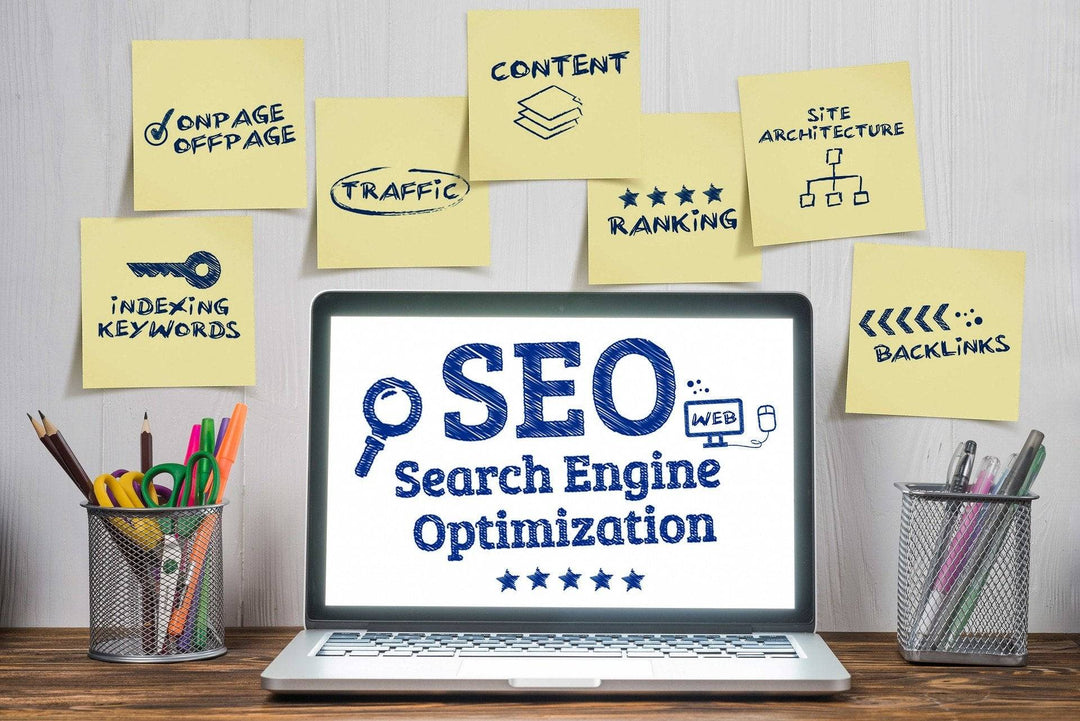Getting started with Google Shopping Ads
The online marketing competition is fierce. The new age of technology has allowed anyone to display and sell their products through their online campaigns. For a small business, the toughest part of creating a successful campaign is beating out the opposition- other small businesses like you and also retail giants that are all vying for the same listing spots.
But first, what is a Google Shopping Ad?
Anytime you head to Google and complete a search for a product, shopping ads will populate on the initial results page and the shopping page. We’ve all likely seen hundreds of different ads in our lifetimes through all of the searches we’ve personally conducted. Since the first listings are the first thing we see, we’re more likely to click on them. Therefore, the higher up on the results page your ad lands, the more traffic you’ll bring to your site, equaling more sales and revenue.If you haven’t already created one, you’ll need a product feed that contains all of your product information such as the title, description and price of each item. There are a number of different platforms that you can utilize to set up your feed such as Shopify, Magento and WooCommerce. Pick the one that works best for you, your goals and your budget.
Now that we know the goal of creating a Google Shopping campaign, let’s dive into the components of it
Google Shopping involves three platforms: Google Adwords, Google Merchant Center and Google Analytics. Google Adwords is where you’ll set up and edit your paid campaigns. This is also where you create your budget, manage bids and make changes based on your overall performance. Inside Google Merchant Center is where your product names, information, images and other details come from. Google Analytics measures your overall performance and creates reports that will help you make changes to your campaign and eventually reach your performance goals.
To set up your Google Merchant Center account, you’ll need to claim and verify your store’s URL. Then, provide your shipping information so that your ads display correctly. If you’re inside the US, you’ll have to configure your tax settings inside Google Merchant Center as well. Lastly, upload your product feed to Google Merchant Center. Some platforms such as Shopify upload automatically, but regardless, Google Merchant Center will point out any issues with the data provided.
Once you set up all three of these platforms, you will need to link them together so that they feed off of each other. Head into your Google Merchant Center account settings and click on “Link Account.” Then enter your 10 digit Google Adwords ID to connect the two. Next, log into your Google Adwords account and head to the settings to connect Google Adwords with Google Analytics. Boom! Now you’re ready to set up your first campaign.
How to set up a Google Shopping campaign
To set up your Google Shopping campaign, log into your Google Adwords account and select the “+Campaign” button under the Campaigns tab. Then choose the Shopping campaign option. Give your campaign a name, set a target location and select your bid (cost-per-click or CPC) and daily budget amounts. It is recommended to pick a small budget and CPC to start off with. At the beginning, all of the products will have the same maximum CPC. Later, you can go in and separate products into groups with different CPC’s for each. Lastly, set your campaign delivery preference. This will determine whether you want your ad to populate every time someone makes a relevant search, or whether you want Google to spread your ad out throughout the day.
What makes a successful campaign?
While there’s no finite answer for a successful campaign, there are a couple of ways you can increase your chances of seeing positive results. Make sure you continue to play around with your budget and CPCs until you figure out what works best for you. Improve your product feed and make sure that you remove any irrelevant search queries. Most importantly, know your goals. For example, if your goal is to improve your brand recognition and relationship with customers, make sure that you continue to foster that relationship. If your goal is to pass one of your competitors, take note of what they do that is successful for them, as well as what you could do better. The key here is to constantly observe and improve. Setting up a successful Google Shopping campaign could be just what you need to take your business to the next level.







Leave a comment